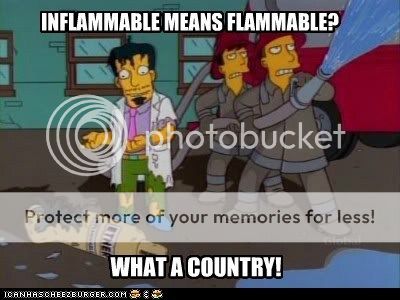bobgaggle
Well-Known Member
I recently did a load in at a new theater, they have rat holes through every wall to run cables, and a sign above each saying the plug is to always be in place for safety reasons. As I've learned it, these things exist to avoid people from propping open fire doors to run cables through and to eliminate trip hazards. I get their usefulness for those purposes, but since you can't put the plug back in once you've got a cable in there, doesn't the fire safety aspect sort of disappear? Or is it just less of a risk because you've got a 8" opening in the wall rather than a 3'x7' hole where the fire door should be shut?




